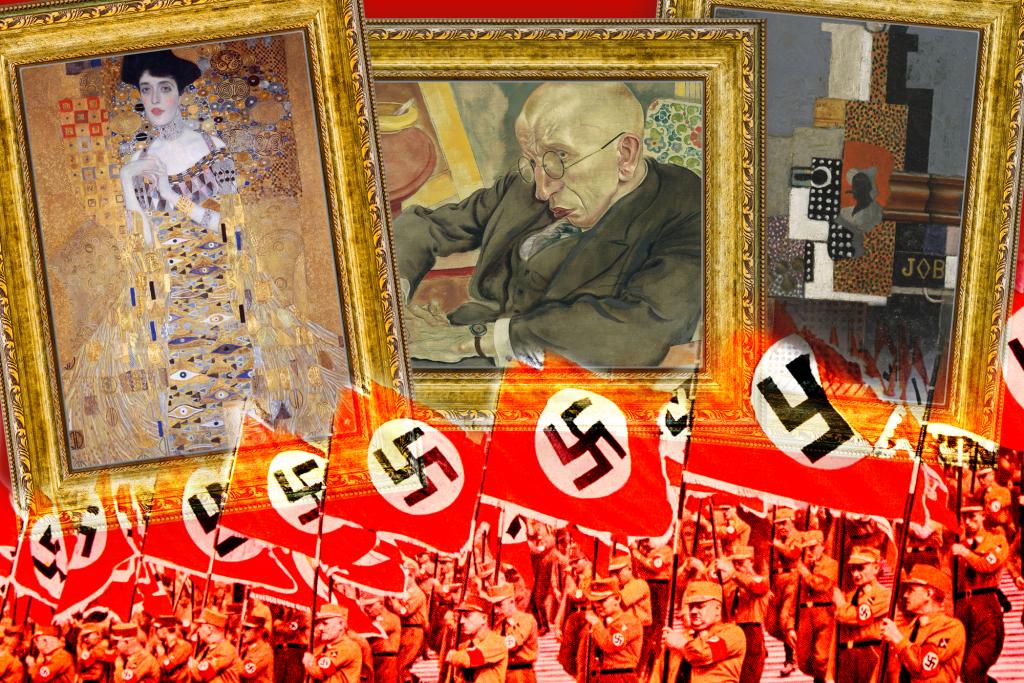A new New York state law requiring museums to identify artworks looted during the Nazi period could affect hundreds of paintings and sculptures in famous Manhattan institutions, including MoMA and the Met.
The law, passed last week, is part of a legislative package that aims to fight anti-Semitism and also require schools to offer courses on the Holocaust.
Between 1933 and 1945, the Nazis committed the greatest looting in history, stealing more than 600,000 works of art from museums and private collectors. While some looted works have been returned to the heirs of their original owners, most still hang in museums and in the homes and offices of private collectors around the world.
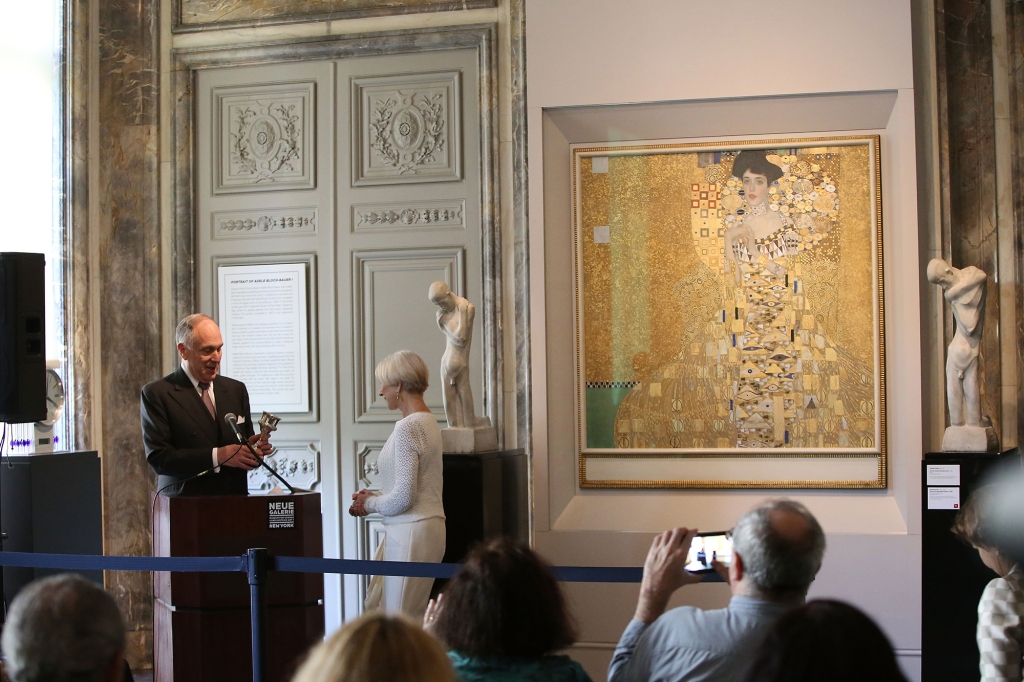
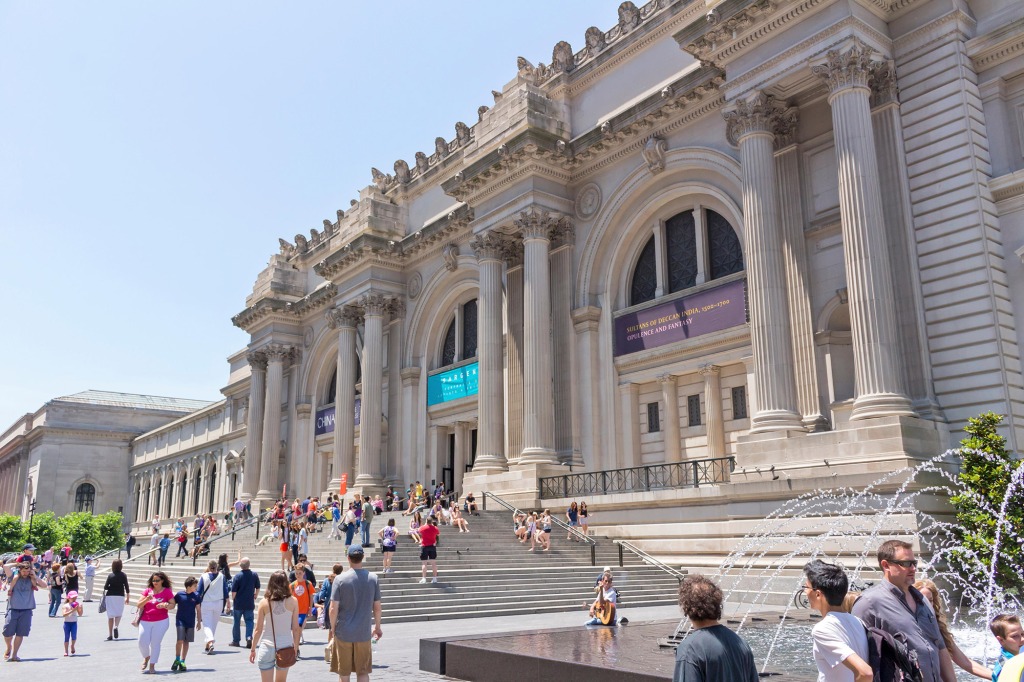
Attempts by family members to request refunds by suing museums have mostly failed due to legal technicalities, such as statute of limitations, experts told The Post.
The new law, which requires museums to put up placards for art “that has changed hands through theft, seizure, confiscation, forced sale or other involuntary means”, will do little to help heirs get their family’s belongings back. But it offers a measure of justice, according to Timothy Reif, who looted his great-uncle’s art collection by the Nazis.
“The first step to justice is knowledge, awareness and education,” Reif, a federal judge, told The Post.
Anna Kaplan (D-Nassau), the state senator who supported the legislation. said she hoped it would “empower” the arts community to take more responsibility.
“When the Nazis looted more than 600,000 works of art from Jewish families during the Holocaust, they did it because they were trying to erase Jewish culture, and it is unscrupulous that museums continue to try to erase the history of what happened,” he said. them in a statement. statement to the Post. “This new law forces museums to do the right thing and recognize the painful history of the Holocaust, and it is self-monitoring by enabling the art community to get involved, speak out and hold museums honest and accountable when they fail to act.” to do the right thing.”
Below are nine works looted by the Nazis in New York City museums, according to experts.
‘The Actor’ by Pablo Picasso
Currently at The Met
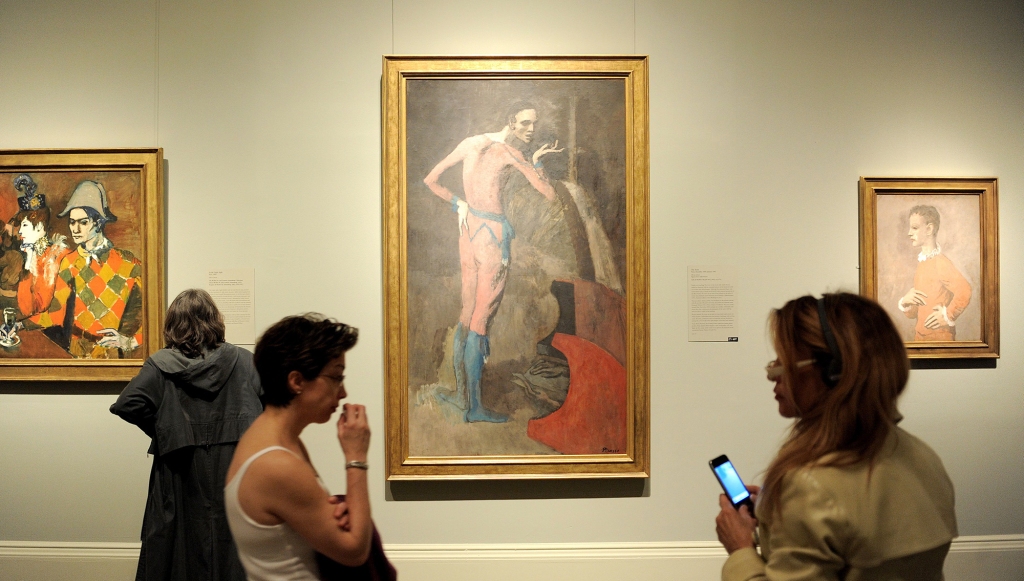
The 1905 painting, valued at over $100 million, belonged to Paul Leffmann, a German-Jewish businessman who had to flee from the Nazis in 1938. It was forcibly sold for $13,200 to a Paris dealer when his family left Cologne, according to court papers.
In 1952, the Picasso was donated to the Metropolitan Museum of Art by New York heiress Thelma Chrysler Foy, who had bought it from the Knoedler Gallery 11 years earlier for $22,500.
Leffman’s heirs sued the Met, but lost an appeal in 2019 when it was ruled they had waited too long to file their refund claim.
“The Metropolitan Museum of Art has a long and well-documented history of being transparent about artworks sold during the Nazi era and seeking a solution to any object identified as illegally appropriated without subsequent restitution,” a museum spokesperson said. “We have been following this legislation closely and are now reviewing the compliance components.”
‘Portrait of Adele Bloch-Bauer’ by Gustav Klimt
Currently in the Neue Galerie
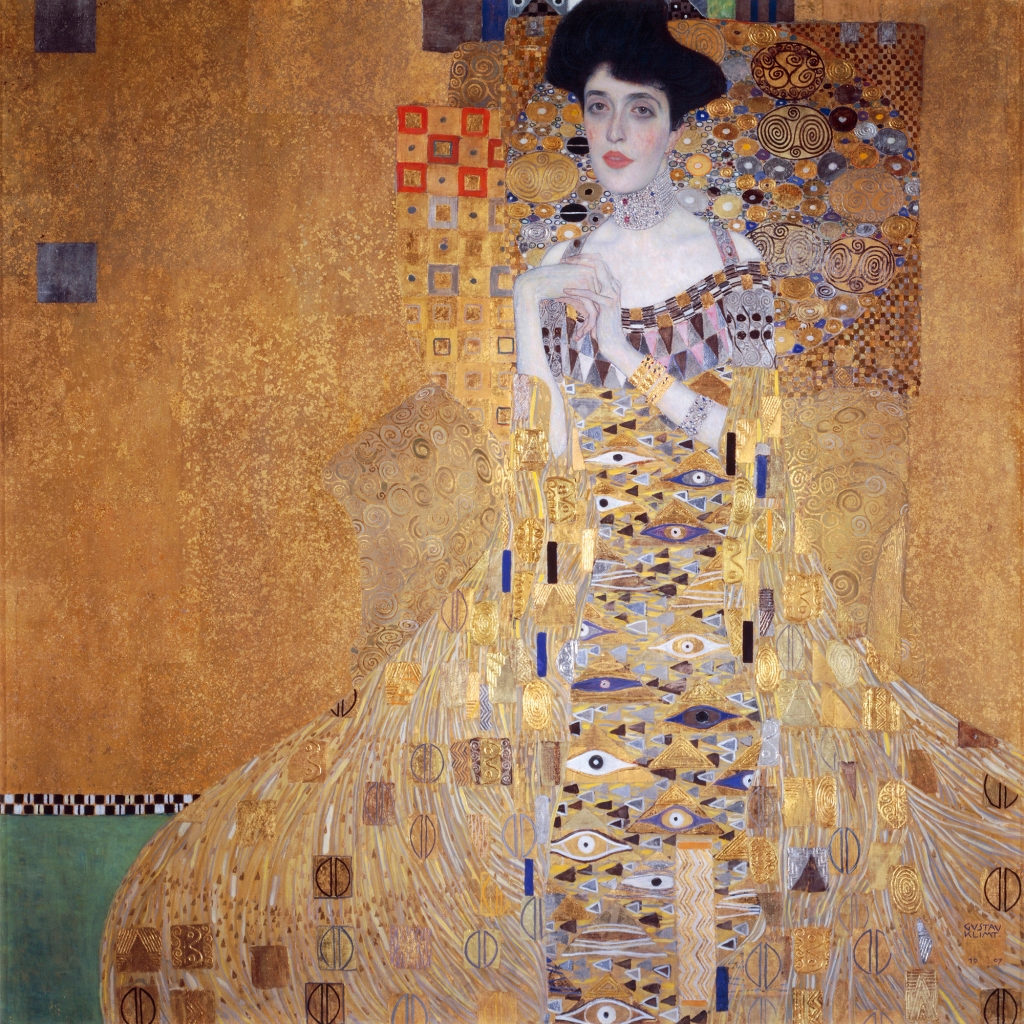
This iconic 1907 painting of the Austrian Jewish socialite was stolen by the Nazis along with other possessions of the Bloch-Bauer family in Vienna after the Nazi annexation of Austria in 1938.
The battle for the portrait was documented in the 2015 Hollywood film ‘Woman in Gold’ starring Helen Mirren. As seen in the film, Maria Altmann, a member of the Bloch-Bauer family, successfully reclaimed the painting through court. She then sold the painting to Estée Lauder heir Ronald Lauder for $135 million, and it is on permanent display at the Neue Galerie.
“The Neue Galerie has long supported efforts related to the return of artworks stolen by the Nazis,” a spokeswoman for Neue Galerie told The Post Friday. “The most famous work in the museum’s collection, ‘Adele Bloch-Bauer’ by Gustav Klimt, was itself a looted work and its history is clearly displayed in our galleries and on our website.
‘Portrait of Tilla Durieux’ by Auguste Renoir
Currently at The Met
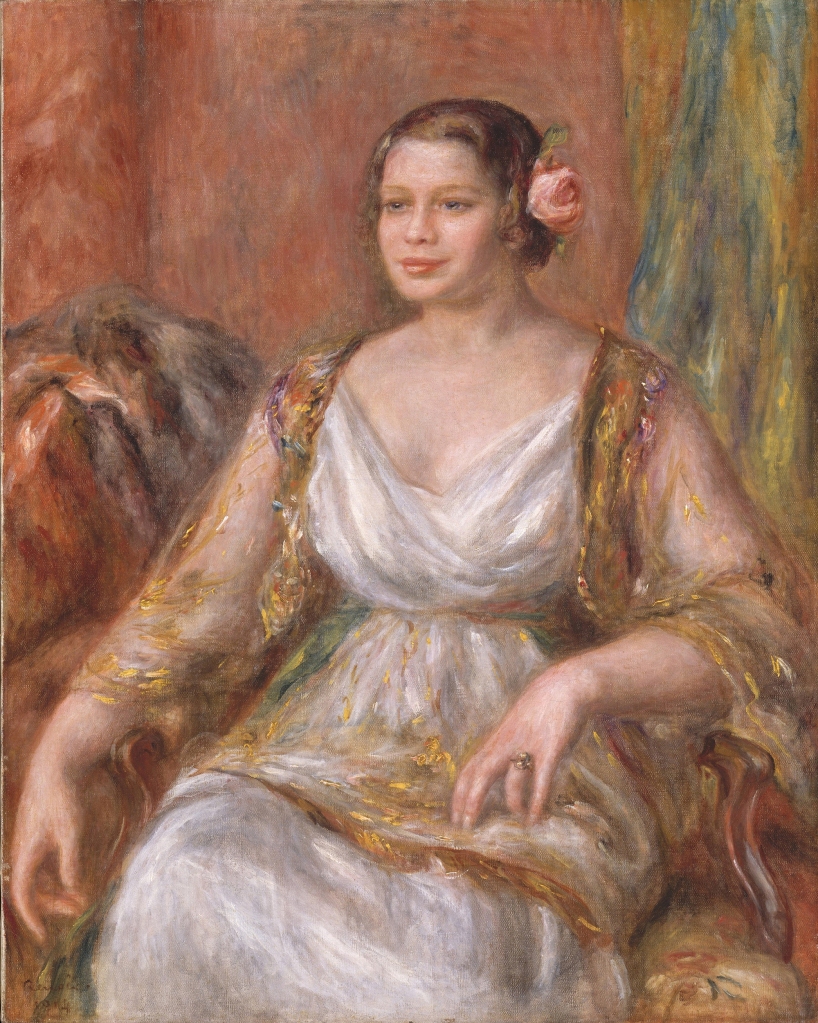
The famed Renoir was 72 when he painted this portrait of the Berlin actress in 1914—and so stricken with arthritis that he did it with the brush strapped to his hand.
Durieux, known for her stage and screen work, took her portrait with her when she fled Nazi Germany to Yugoslavia in 1933.
Her heirs said she sold the painting under duress two years later. The painting made its way to Paris and later to New York, where it was donated to the Met in 1960.
‘Poet Max Hermann-Neisse,’ ‘Self-portrait with Model’ and ‘Republican Automata’, all by George Grosz
Currently at MoMA
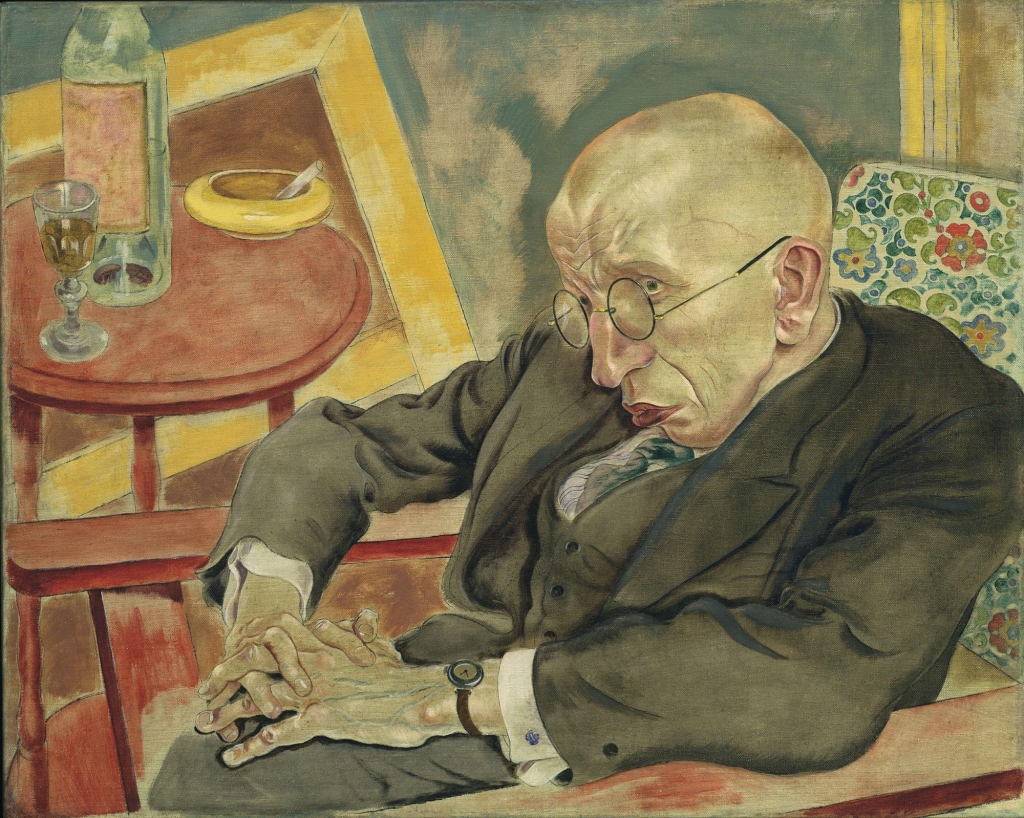
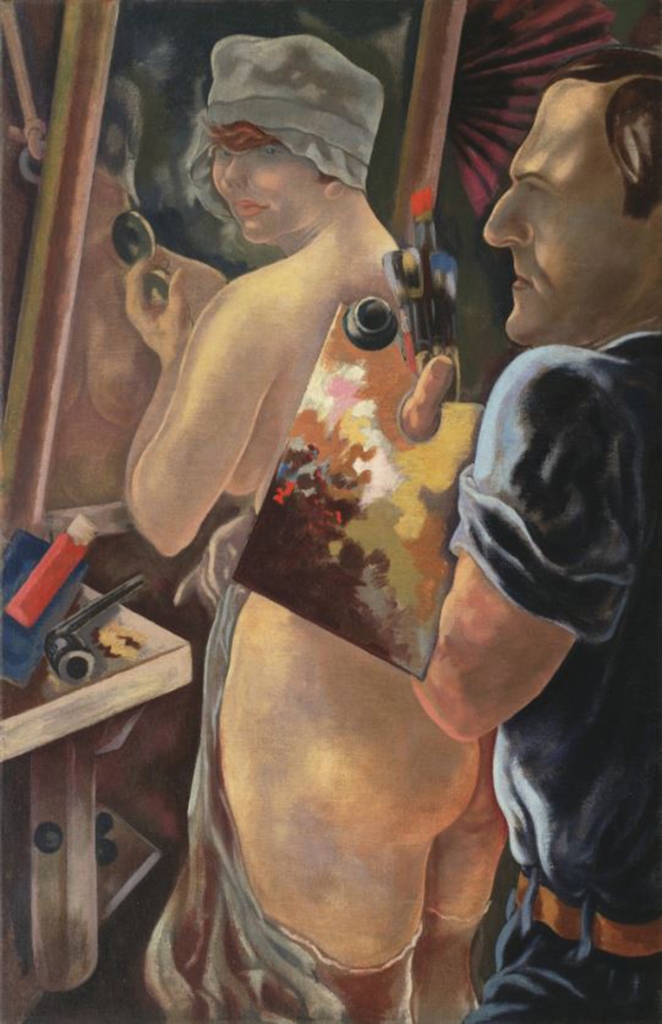
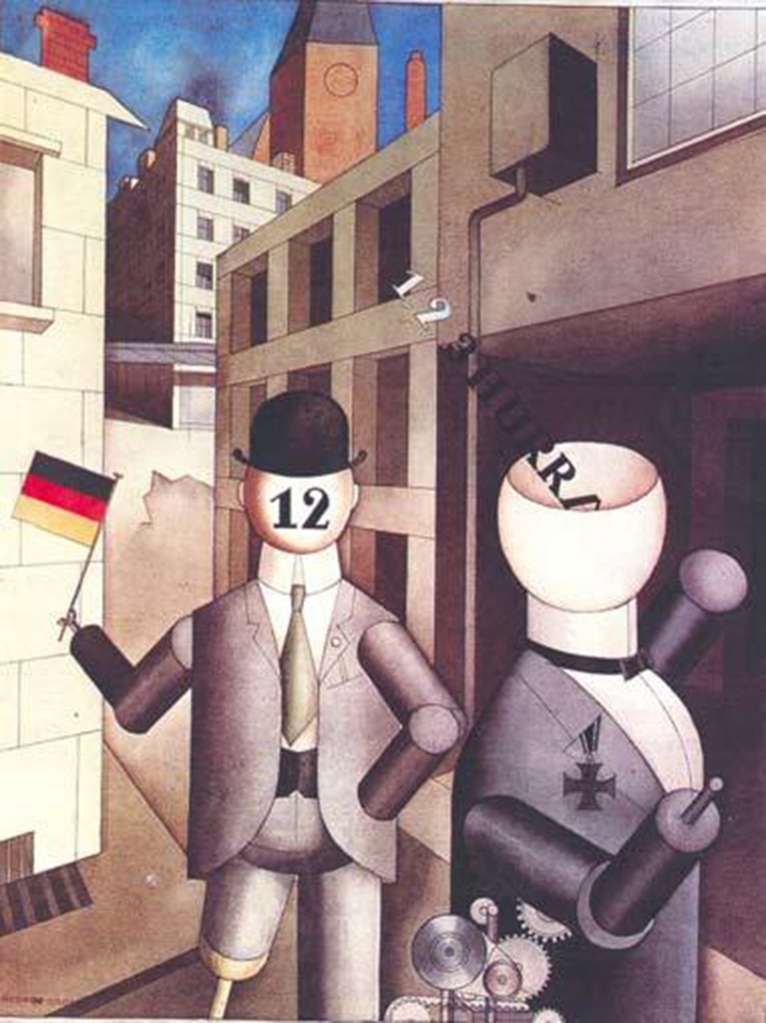
Grosz, a virulent anti-Nazi, fled Germany in 1933 and accepted a teaching position at the Art Students League in New York.
His heirs tried to get these three works, dating from 1920-1928, back from the Museum of Modern Art, but said the gallery was playing dirty: They denied them on legal technicalities and said the family had their 2009 claim overdue. submitted.
MoMA, which acquired the paintings between 1946 and 1954, rejected claims that the works had been looted by the Nazis.
A spokeswoman for the MoMA told The Post this week, “We are currently not aware of any artworks in MoMA that require action under the new law.”
Still Life: Job by Pablo Picasso
Currently at MoMA
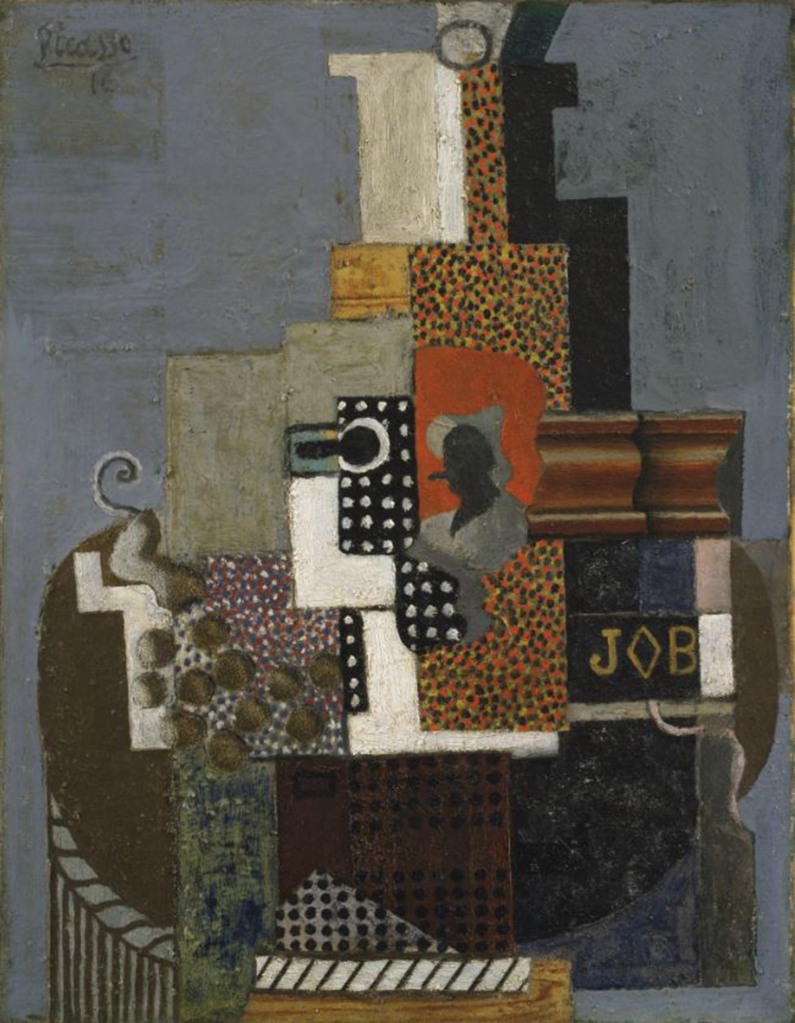
This 1910 work was previously part of the collection of Alphonse Kann, one of the greatest collectors in France. Francis Warin, an heir, told The New York Times in 2000 that he had photos of the Cubist work on the walls of Kann’s home outside Paris in the late 1920s.
The painting was seized, along with other belongings of Kann, when the Nazis invaded Paris in June 1940 and was later sold to a Swedish dance director in Paris.
“Still Life: Job” eventually made its way to New York and was acquired in 1950 by former New York Governor Nelson Rockefeller. He donated the painting to the MoMA in 1979.
Warin contacted the MoMA, but could not trace the origin of the work.
Picasso’s Le Moulin de la Galette
Currently at the Guggenheim
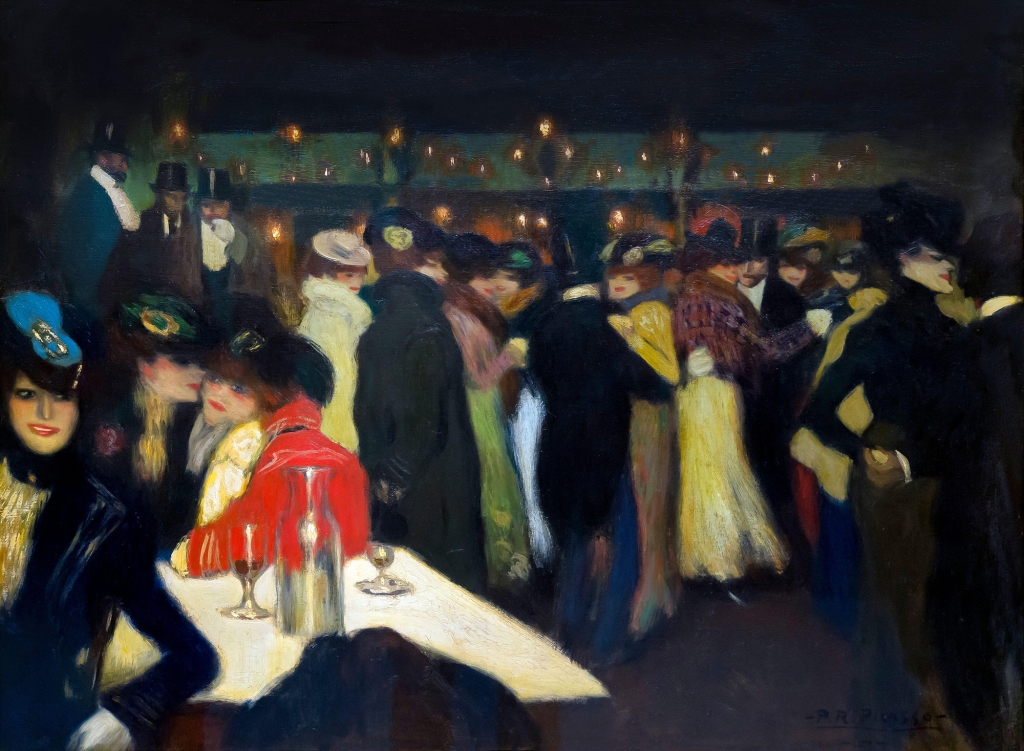
and
‘Boy Leading on Horseback’ by Picasso
Currently at MoMA
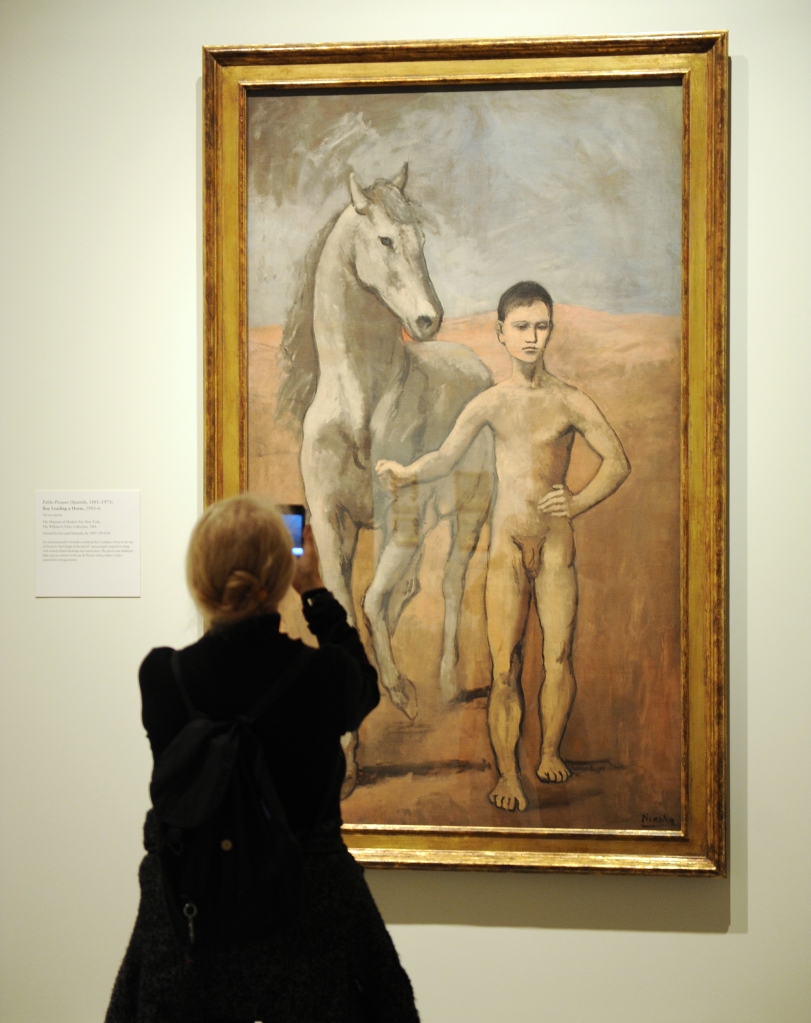
Dating back to 1900 (“Le Moulin de la Galette”) and 1906 (“Boy Leading a Horse”), these two Picassos were once owned by German Jewish banker Paul von Mendelssohn-Bartholdy. Before his death from heart failure in 1935, he bequeathed his art collection to his wife Elsa, who, according to reports, was forced to sell much of the couple’s possessions under Nazi pressure.
When Julius Schoeps, a grandson of one of von Mendelssohn-Bartholdy’s sisters, tried to claim the paintings from the museums in 2007, the museums sued him to assert their claims over the works, which had been on display for decades. . The lawsuit was settled two years later for an undisclosed amount and the paintings remain in the museums.

